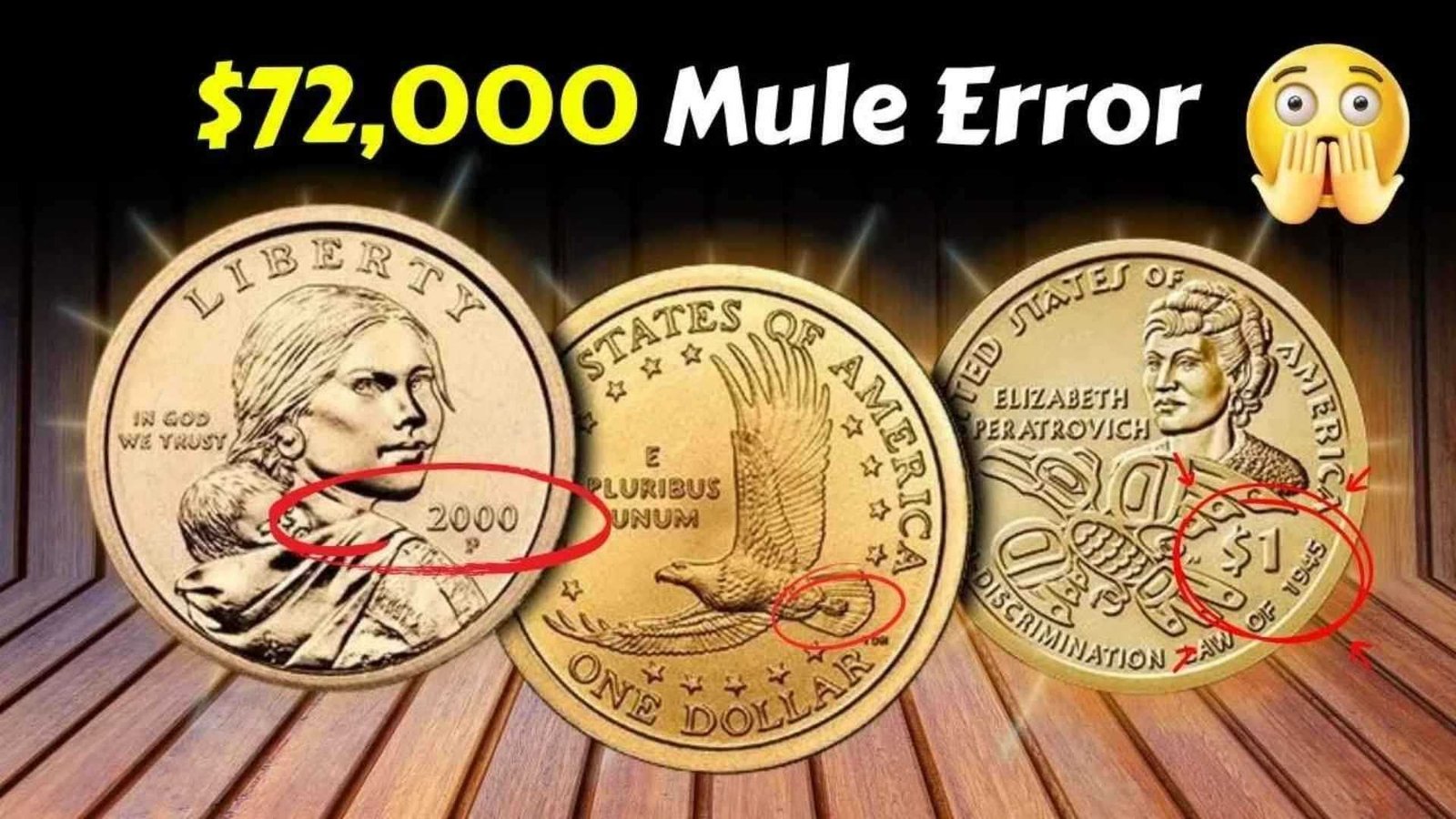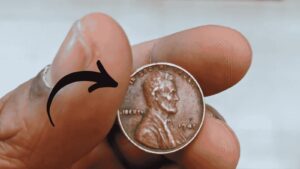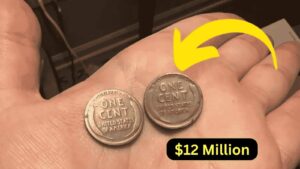What if the plain-looking coin in your pocket change was actually worth $72,000 or more? Hidden among millions of ordinary dollars lies a spectacular mistake: the 2000-P Sacagawea Dollar Mule Error. Collectors call it one of the most famous modern U.S. coin errors, and spotting one could change your financial future overnight.
What Exactly Is the Mule Error?
A mule coin is created when two mismatched dies are struck together, producing a coin that never should have existed. The 2000-P Sacagawea Dollar mule pairs the obverse of a Washington quarter with the reverse of the Sacagawea dollar. Instead of Sacagawea’s face, you’ll see George Washington on the front, but flip it over and the soaring eagle from the Sacagawea design appears. This bizarre pairing makes it instantly recognizable — and incredibly valuable.
The Strange History Behind the Error
The U.S. Mint in Philadelphia produced billions of Sacagawea dollars in 2000. Somewhere along the way, a quarter obverse die was accidentally paired with the Sacagawea reverse die. Instead of being caught, several slipped into circulation. To date, only about 20 examples are known, making it one of the rarest and most celebrated U.S. Mint errors of the modern era.
Key Details of the Mule Error Coin
| Feature | Description |
|---|---|
| Year | 2000 |
| Mint Mark | P (Philadelphia) |
| Obverse Design | George Washington (quarter) |
| Reverse Design | Sacagawea Dollar Eagle |
| Known Examples | ~20 |
| Estimated Value | $50,000 – $72,000+ |
Why This Coin Is Worth So Much Today
Collectors prize rarity, and the 2000-P Mule Dollar is the perfect storm: a dramatic error, limited surviving pieces, and historical intrigue. Auction prices have skyrocketed, with some coins fetching $72,000. Even well-circulated pieces can command tens of thousands, proving condition isn’t everything — scarcity rules the market.
How to Check if You Have the Mule Error
- Look at the Obverse — If you see George Washington instead of Sacagawea, that’s the first clue.
- Check the Reverse — The eagle reverse should belong to the Sacagawea dollar.
- Listen for Weight and Feel — It has the golden tone and size of a dollar, not a quarter.
- Verify the Edge — Unlike quarters, Sacagawea dollars have a smooth edge.
Comparison Between Regular Sacagawea Dollar and Mule Error
| Feature | Regular Sacagawea Dollar | Mule Error Coin |
|---|---|---|
| Obverse Design | Sacagawea portrait | George Washington (quarter) |
| Reverse Design | Eagle in flight | Eagle in flight (same) |
| Edge | Smooth | Smooth |
| Value | $1 | $50,000 – $72,000+ |
Notable Facts That Will Shock You
- The first mule error was discovered in 2000 by a collector in Arkansas.
- Some coins were found in rolls of dollar coins from banks.
- The U.S. Mint has acknowledged the mistake but never revealed exactly how many may exist.
Expert Tips to Handle a Possible Find
- Don’t Clean the Coin — Cleaning reduces its collector value.
- Get It Authenticated — Submit to PCGS or NGC for grading.
- Consider Auctions — Heritage Auctions and Stack’s Bowers often sell these rare errors.
- Store Securely — Keep it in a coin holder to prevent damage.
FAQs
Q: Can I still find one in circulation today?
A: It’s unlikely, but not impossible. Some collectors discovered theirs in regular bank rolls.
Q: Why is it called a “mule”?
A: In numismatics, a mule is any coin struck from mismatched dies.
Q: Do all Sacagawea dollars have value?
A: No, most are worth face value unless they’re errors or in rare conditions.
Conclusion: The $1 That Could Change Your Life
The 2000-P Sacagawea Mule Error proves that extraordinary treasures can hide in ordinary change. With only a handful known, it’s one of the most sought-after coins of our time. So the next time you get a golden dollar, don’t dismiss it — look closer. That simple coin could be a $72,000 jackpot waiting in your wallet.



